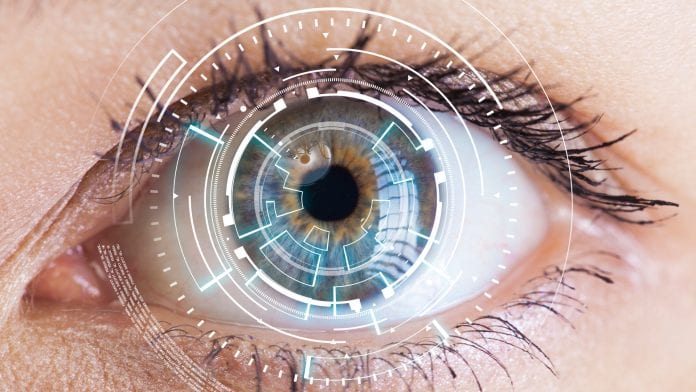
A new breakthrough technology could help early diagnosis of Alzheimer’s disease.
This innovative imaging technology – retinal hyperspectral imaging – allows for the analysis of a wide spectrum of light outside of, but not excluding, primary colours that detect the biomarker of Alzheimer’s disease.
Damage to the brain from Alzheimer’s disease occurs years before patients being to exhibit symptoms. To date, numerous attempted therapies have been unsuccessful, largely because there is no measurable indicator or biomarker for Alzheimer’s disease before it is already symptomatic and advanced.
For the study, published in the ACS Chemical Neuroscience journal, University of Minnesota professors, Robert Vince and Swati More, researched this promising retinal biomarker. The test is non-invasive and is conducted in less than ten minutes.
Looking for Alzheimer’s in the eye
The eye’s retina is considered the developmental extension of the brain and can be accessed non-invasively.
The research team examined the potential of retinal hyperspectral imaging technology to detect biochemical changes present at the early stages of Alzheimer’s disease. Specifically, the technique characterises light scatter changes in the retina of Alzheimer’s disease patients when compared with healthy participants.
The process, which has been used in pre-clinical trials and a human pilot study, scans a patient’s eye to detect small quantities of a protein long before they collect in large enough clusters to form plaques in the brain, which is a biological sign of Alzheimer’s disease progression.
Swati More, an associate professor in the Center for Drug Design, said: “The preliminary results from this study are promising and have laid the foundation for next steps involving rigorous validation of the technique in a clinical setting.
“In the future, the rHSI-based retinal biomarker screening could be part of an annual eye exam, with results potentially dictating follow-up evaluations or therapeutic intervention.”
Robert Vince, director of the Center for Drug Design, said: “While Alzheimer’s disease cannot yet be treated with the intent to cure, early diagnosis with retinal screening can facilitate interventions with available therapeutics.
“This could add years of productive, quality time to the patient’s lifespan. The rHSI technique has shown promise and could be particularly valuable for identifying high-risk individuals for Alzheimer’s disease by starting periodic retinal screening at an early age.
“In collaboration with our industry partner, RetiSpec, we hope to accelerate clinical development of this early detection technique and provide existing or new treatments the best chance for success.”
























